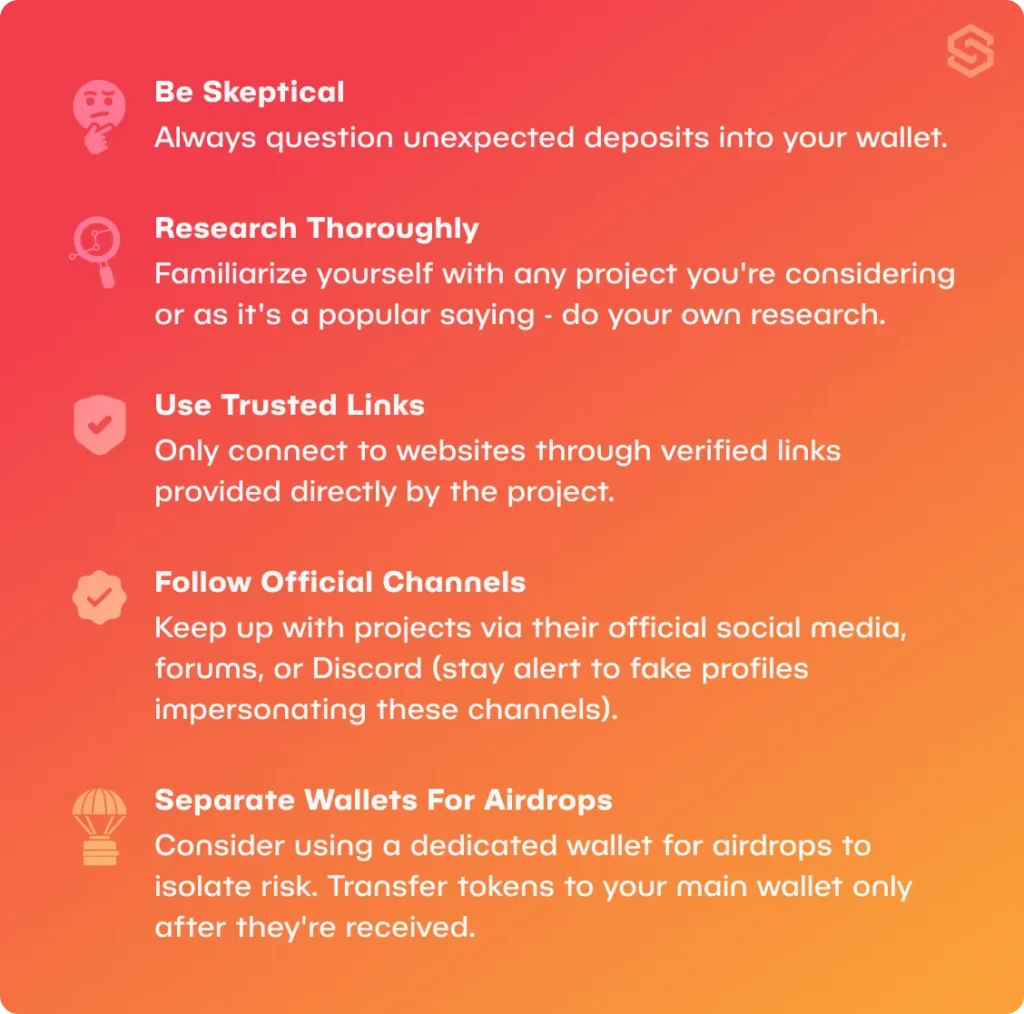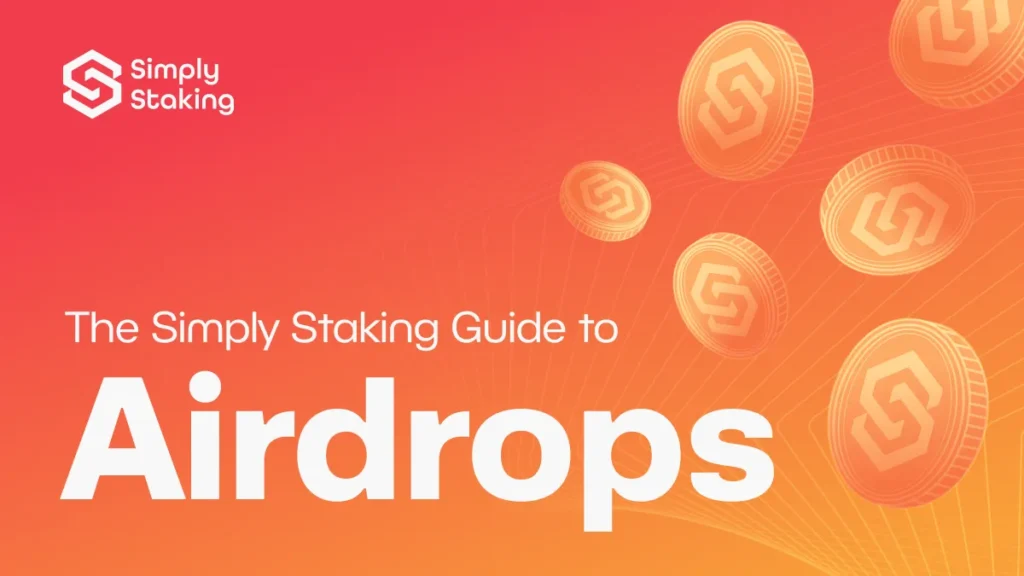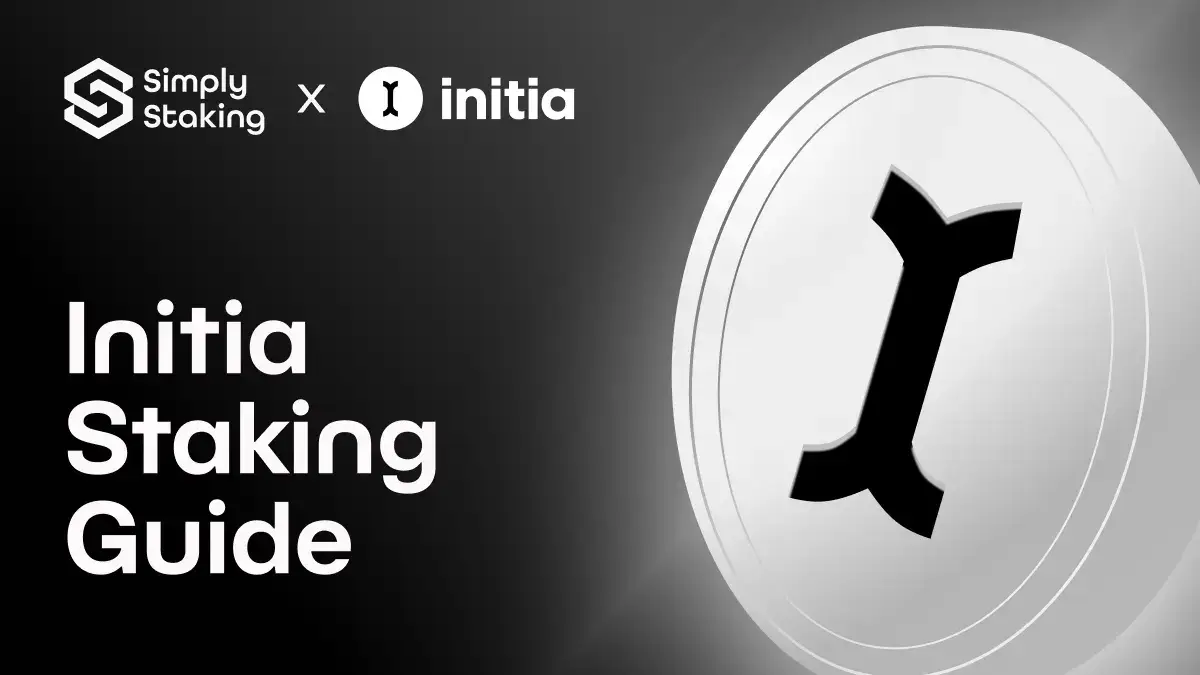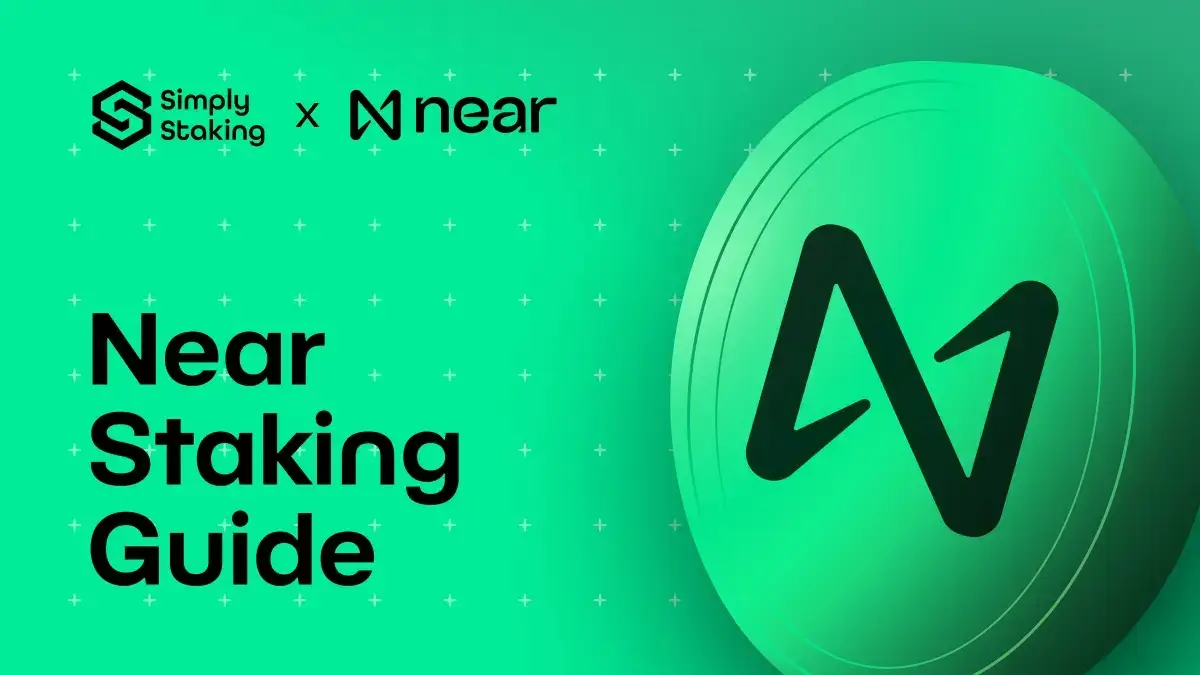Introduction To Airdrops
At Simply Staking, we’re bringing you a series dedicated to unraveling airdrops, aiming to educate our community and the wider crypto world. We plan to do so, so that a buzzword will transform into a gateway of possibilities and enable better understanding of the crypto space, minus the boredom.
So what is the deal with airdrops? Imagine logging into your digital wallet to find free tokens, courtesy of the latest blockchain startup. They are there to spark curiosity and hopefully, eventually, a bit of loyalty. And they do so without asking for anything in return (although if something is free, you most likely are the product).
Sometimes keeping up with airdrops involves time-consuming monitoring of the crypto world on an everyday basis. It’s a fast-paced and ever changing world. They might require zero financial investment, but they do require the investment of time. They can make up for a potential success story, they can just help you diversify your portfolio or they can also be a learning lesson due to abundant scam schemes lurking in the dark. Nevertheless, one gets to witness blockchain innovation firsthand.
And that’s what we’re all about — thrilling adventure, not just following the trends but being ahead of them. Whether you’re a crypto newbie or looking to expand your digital wallet, we invite you to join along as we explore the airdrops.
The appeal and the purpose of airdrops
Airdrops in the Web3 space are similar to traditional loyalty programs, aimed at customer attraction and retention. Their understanding means looking at the project’s unique technological contributions, team’s credibility, and how it plans to engage its community.
Their evaluation requires considering the aforementioned together with tokenomics (study of the supply and demand characteristics of cryptocurrencies), doing a thorough background check, the overall experience and the mechanics of airdrop itself. It comes down to distinguishing projects with real potential from the rest.
Usually kicking off an airdrop means deciding it’s time to launch. Teams use it as a wide-reaching campaign, targeting specific audiences. In short, airdrops are the blockchain’s way of spreading love.

Participation in airdrops
Finding airdrops isn’t too hard if you know where to look. Dedicated airdrop websites, web3 friendly social media channels, hashtags, active participation in crypto communities all lead to finding opportunities. After that getting involved usually requires the user to have a cryptocurrency wallet. The type you need — like WalletConnect, Trust Wallet, or MetaMask — depends on the project’s blockchain.
To be more specific, in order to get in on an airdrop, you’ll likely need to engage (complete a set of tasks) with the project on their social media, their website, sign up for updates, or keep a certain amount of crypto in your wallet.
The types of airdrops
Each type of airdrop targets different segments of the crypto community, from the casually interested to the deeply invested.
Standard airdrops
Entry-level airdrops where the ask is minimal — maybe sign up, join Telegram or follow project on Twitter. You provide your wallet address, and if you’re quick enough (since these can be first come, first served), you get your tokens. The simplicity is appealing, but it’s also perfect for exploitation by those who might create multiple accounts to get more tokens.
Bounty airdrops
Bounty airdrops ask a bit more of you. Think of them as mini-campaigns where you do specific tasks like creating content, reporting bugs, or spreading the word on social media. The more you do, the more tokens you gain.
Holder airdrops
If you’re already holding certain tokens, you might be in for a surprise automatic bonus based on the amount you own. It’s a way to reward loyalty.
Exclusive airdrops
Then there are the VIPs of airdrops. These airdrops are personalized and aim to reward the most dedicated supporters. Being super active in community forums can be one example.
Raffle airdrops
A mix of methods can lead to a raffle airdrop, where your actions earn you tickets into a draw. Whether it’s by holding tokens, completing tasks, or just showing interest, you get a chance to win in a random draw. This method helps manage the demand and ensures a fair distribution.

How to avoid airdrop scams
We already mentioned that the world of airdrops can be rewarding, but here we want to focus on the risks, especially scams.
Most common example of airdrop scams
Phishing airdrops
Scammers might direct you to a phishing site, asking you to connect your wallet via popular services. Once you enter your secret keys or phrases, the scammers have everything they need.
Manipulated market activity
Some projects promise airdrops for holding certain assets, like NFTs, to inflate market activity and sell their holdings at peak prices.
Tips to Avoid Airdrop Scams

Dusting Attacks
In a dusting attack, scammers send tiny amounts of crypto to wallets. They then track these “dust” transactions to breach the wallet owner’s privacy. In the case of those attacks, it’s crucial to monitor wallet activity. Especially the small, unexpected transactions can indicate a dusting attempt. It is worth considering the wallets privacy features, that can help remove those risks of attacks.
The future of airdrops
Airdrops are not just about free tokens; they’re about token distribution, bringing people together and opening up the world of crypto to everyone.
There’s currently a shift towards airdrops that require more engagement, like interacting with blockchain activities such as DeFi protocols. This shows emphasis on more valuable ecosystem contributions.
In the upcoming months, we will be publishing bi-weekly airdrop guides, where we will suggest some of the hottest airdrops to keep an eye on. To stay updated — follow us on our socials, spread the word, and keep an eye out for our upcoming guides.























